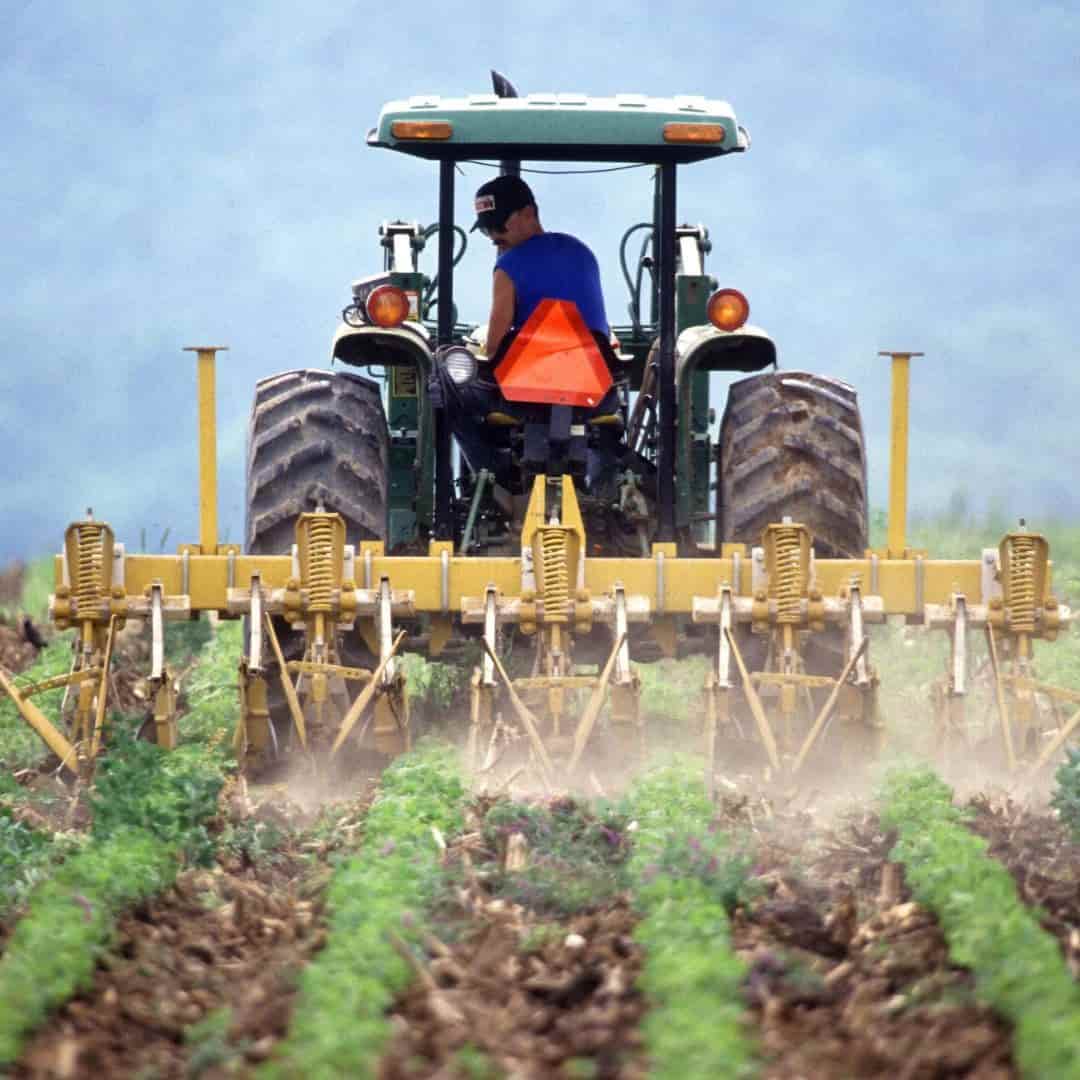The Common Agricultural Policy (CAP), also known as the Common Agricultural Policy, is a European policy that supports the primary sector and ensures food security. The CAP 2023-2027 is currently under development, and in 2024 the deadline for farmers to apply for direct payments is 1 February to 30 April.
TDB keeps you informed. Follow us on Facebook, Twitter and Instagram
Common Agricultural Policy (CAP)
What is the Common Agricultural Policy (CAP)? 21.04.2023.
Created in 1962, the Common Agricultural Policy (CAP) has among its main objectives to support farmers, to improve agricultural productivity by ensuring a stable supply of affordable food, to keep the rural economy alive and to contribute to the fight against climate change and the sustainable management of natural resources.
The CAP is managed and financed at the European level through two funds within the EU budget:
The European Agricultural Guarantee Fund (EAGF), provides direct aid and finances market measures.
The European Agricultural Fund for Rural Development (EAFRD), which finances rural development.
The CAP has evolved over the years in response to changing economic circumstances and public demands, and the CAP is currently in force for the period 2023-2027.
The CAP 2023-2027
The major novelty of the CAP 2023-2027 is its shift in focus from a compliance policy, mainly based on the description of the requirements to be met by the final beneficiaries of support, to a policy focused on performance and results, through the achievement of general and specific objectives.
General objectives of the Common Agricultural Policy
Promoting a smart, resilient and diversified agricultural sector to ensure food security.
Stepping up environmental care and climate action, contributing to achieving the EU’s climate and environmental objectives.
Strengthening the socio-economic fabric of rural areas.
These general objectives are translated into nine specific objectives:
What’s new in the CAP 2023-2027
New redistributive payment for small and medium-sized farms, an additional income support for the first hectares of each farm.
Reserve of around ¤230 million per year for specific support for young people, through the top-up payment of direct payments and rural development funds to encourage first setting up.
Women in charge of a farm will receive an additional 15% in the supplement to the income support received by young people.
An annual budget of ¤ 582 million for sectoral programmes (fruit and vegetables, wine, beekeeping) and ¤ 1,762 million in total public expenditure for rural development measures.
Eco-regimes, agricultural or livestock practices beneficial for the climate and the environment (e.g. extensive grazing, maintenance of pastures, crop rotations, conservation agriculture) that farmers can voluntarily adopt to obtain additional support.
Social conditionality of support; voluntary in 2023 and compulsory in 2024 will be linked to the respect of labour rights.
National Strategic Plan for the CAP in Spain
Another innovation of the CAP 2023-2027 is that all EU Member States must have a Strategic Plan indicating the interventions or measures with which they intend to achieve the objectives of the CAP, always under the approach of the European Green Pact, which is the European Commission’s roadmap for achieving a sustainable economy.
Spain was one of the first European countries to present its plan, which was approved by the European Commission in August 2022.
Spain’s National Strategic Plan for the Common Agricultural Policy (CAP) 2023-2027 aims at the sustainable development of agriculture, food and rural areas to guarantee society’s food security through a competitive sector and a living rural environment.
It plans to allocate more than 32.5 billion euros to farmers, livestock farmers and the Spanish countryside as a whole through three types of aid:
Income support through direct payments (around 4.8 billion euros per year).
Market measures or sectoral programmes (around 582 million euros per year).
Rural development programmes (around ¤1,762 million per year).
How is the implementation of the CAP coordinated in Spain?
The body in charge is the Spanish Agricultural Guarantee Fund (FEGA), attached to the Ministry of Agriculture, Fisheries and Food, which coordinates the Autonomous Communities and their paying agencies and oversees the implementation of the CAP Strategic Plan in Spain.
Who can apply for CAP direct payments?
CAP direct payments are aimed at farmers and stockbreeders who meet the requirements of active farmer:
Be affiliated with Social Security for their agricultural activity.
Receive at least 25% of their total income from agricultural activity.
Receive direct aid in the previous year equal to or less than 5,000 euros.
Do not carry out activities excluded from aid.
Tractor ploughing the field
Farmers and stockbreeders wishing to apply for CAP aid must have the documentation from the corresponding export registers and comply with the specific requirements of the aid they wish to apply for.
Royal Decree 1048/2022 lists the different direct subsidies that can be applied for, the requirements to be eligible for each of them and the minimum information that farmers and livestock farmers must provide in their applications.
What is the application deadline in 2024?
The deadline for applying for CAP 2043 direct payments began on 1 February and ends on 30 April. This aid, which will amount to around ¤4.8 billion, could benefit around 650,000 farmers and stockbreeders.
How do I apply for CAP aid?
Applications for CAP aid can be submitted by interested farmers, using electronic certificates issued by an authorised certification body or by collaborating bodies authorised to do so in each Autonomous Community.
The Single Application must be addressed to the competent authority of the Autonomous Community in which the holding or the majority of its surface area is located. If there is no surface area, it must be submitted in the Autonomous Community in which the largest number of animals is located.
Similarly, a series of technical notes on the different aid schemes included in the Single Application can be consulted on the FEGA website, as well as documents containing the most frequently asked questions.
